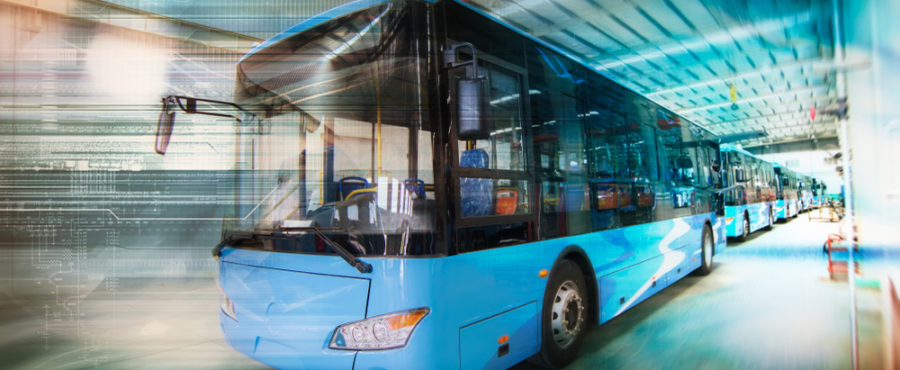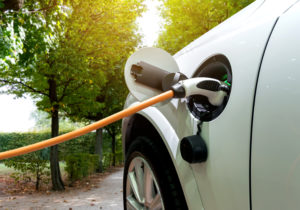
In 2035 passengers at California’s 13 largest airports will be caried only in zero-emission shuttle buses. This is a result of a decision undertaken by the state’s air quality regulator.
At large airports hundreds of buses, shuttles or vans everyday drive thousands of routes carrying passengers to and from hotels, parking lots or car rental companies. And if the airport is large, like those in Los Angeles or San Francisco, these are tens of thousands of routes each and every day.
California Air Resources Board (CARB) unanimously adopted a regulation as a result of which by the year 2035 all operators serving 13 major airports in California will be using 100 per cent zero-emission vehicles, i.e. either electric or hydrogen-powered.
The new regulation sets transition goals. At the end of 2027, one third of the fleet carrying passengers must be made up of zero-emission vehicles, 4 years later this ratio is to reach 66 per cent, while after another 4 years, 100 per cent of the fleet is to be emission-free[1].
What’s interesting, 80 per cent of shuttle buses at California’s airports are already powered by CNG, compressed natural gas. The remaining 20 per cent have petrol, diesel, LPG-run engines and some are electric vehicles.
When undertaking its decision the CARB pointed out that the specificity of the passenger-carrying vehicles clearly favours electric engines. Everyday they operate up to 300 km, mostly at low speeds. Additionally, they drive on pre-planned, fixed routes, which makes it very easy to anticipate their daily mileage and adjust battery capacity accordingly.
When analysing the results of the regulation, the Council estimated that in the period of 2020-2040 the new law would generate about 30 million dollars in savings for the operators in the cost of fuel, maintenance, repairs, and emission fees imposed by the state. The CARB estimates that with no incentives, a purchase of an e-shuttle offsets within eight years. However, state authorities provide for support opportunities, for instance, within the Hybrid and Zero-Emission Truck and Bus Voucher Incentive Project (HVIP) an operator may be granted 90,000 dollars for purchasing a high-standard vehicle. Then, the cost is offset within three years only. Over 12 years of average period of using an e-bus, the operator is expected to save 80,000 USD compared to a CNG vehicle. Hence, the CARB does not provide for any additional incentives.
The CARB’s current data shows that the main Los Angeles airport operates 33 e-shuttles. San Francisco airport alone has purchased 6 such vehicles and 3 high-power charging stations. Similar programs to convert fleet to electric vehicles have already been launched by other airports around the US.
The CARB is an institution which sets the state’s air quality standards, identifies pollutants, verifies, in a special laboratory, carmakers’ compliance with emission standards, conducts research into the air pollution and its consequences. The Council also conducts economic studies, including estimation of costs and benefits of various solutions.
[1] https://ww2.arb.ca.gov/news/california-air-resources-board-approves-comprehensive-effort-clean-airport-shuttles




